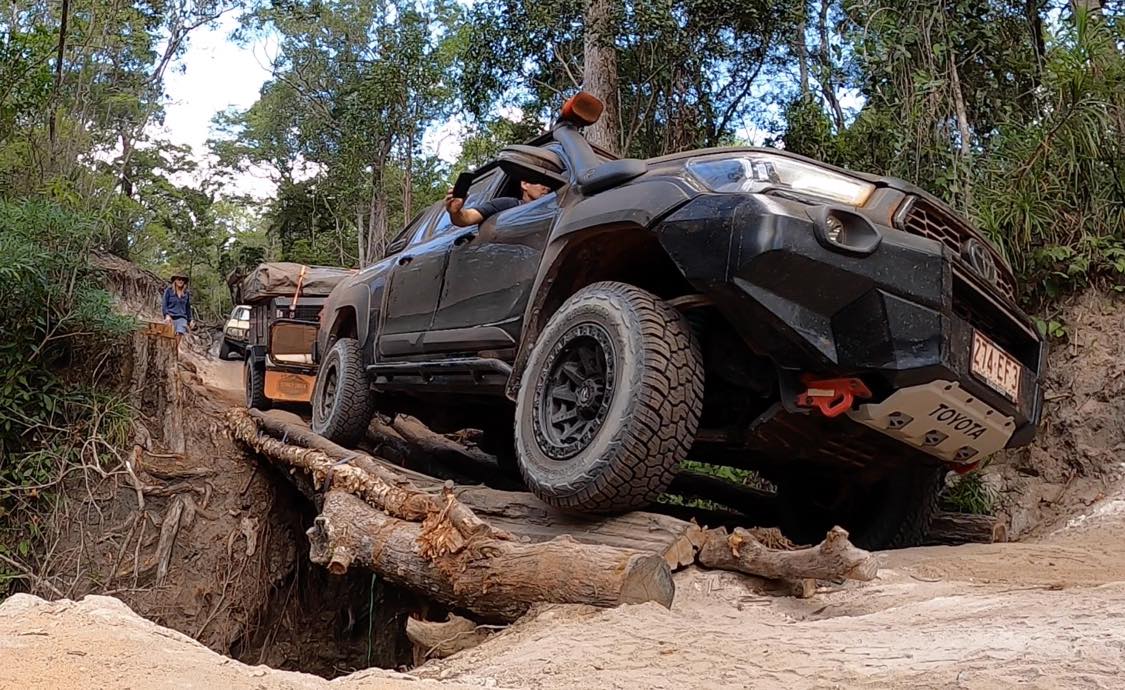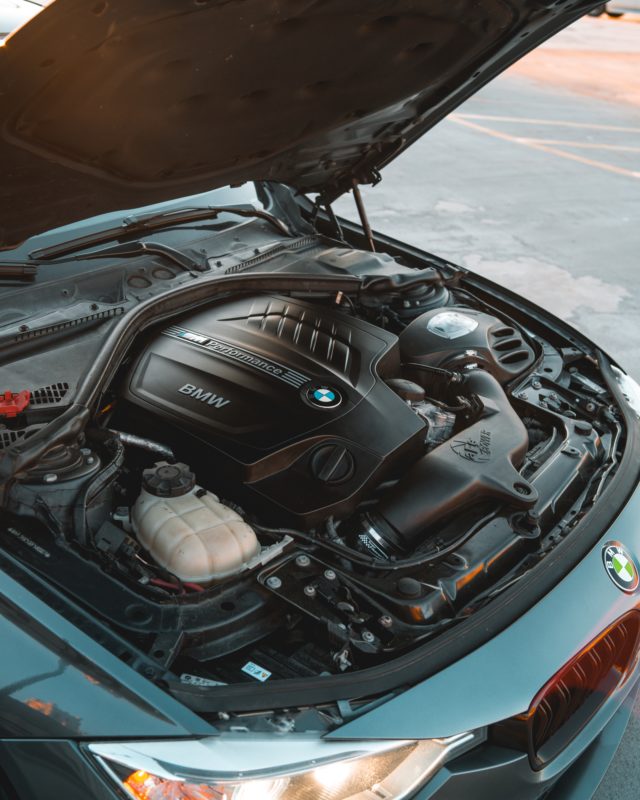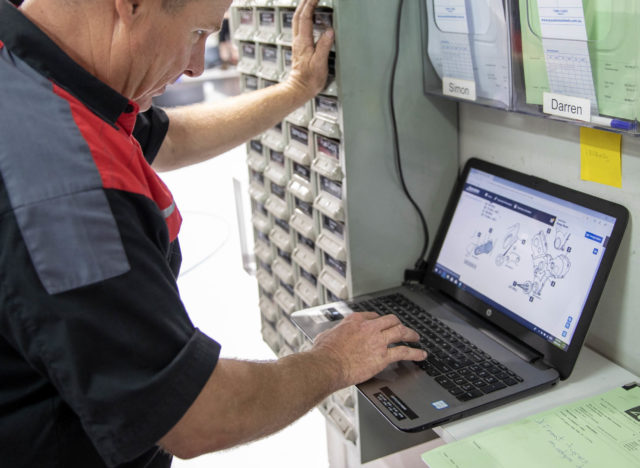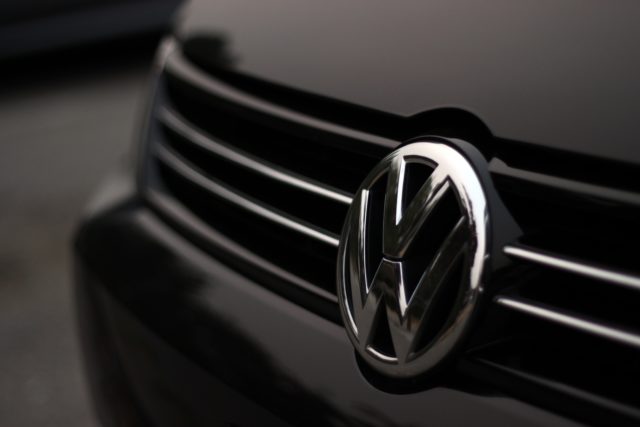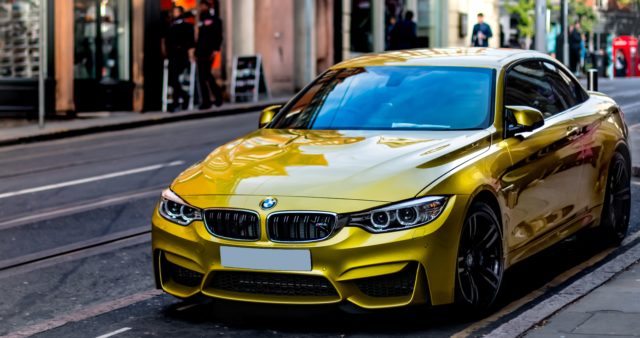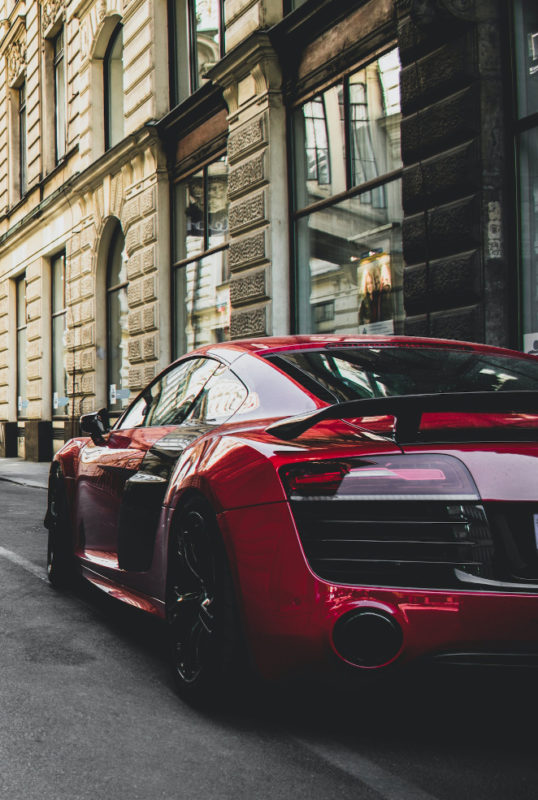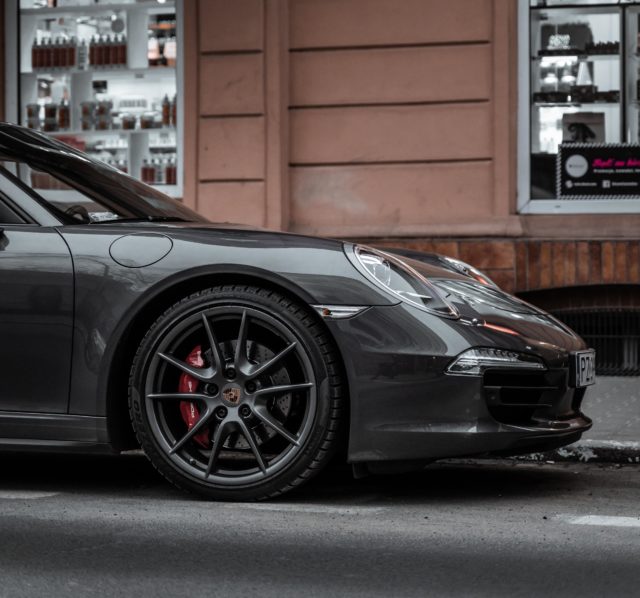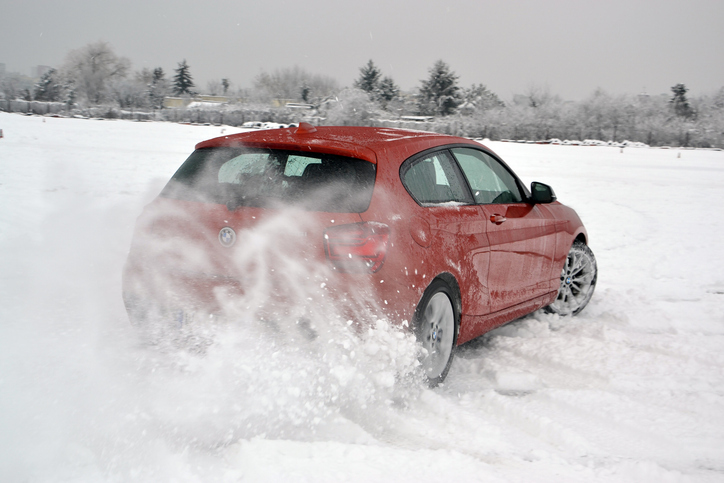
Under the hood: Does the colder weather affect your vehicle?
Published
Does the cold weather affect your vehicle?
Winter is here and, with it, the potential for extra weather-related stressors on your car.
If the temperatures have been dropping in your area, you might be wondering what kind of car maintenance you should be doing.
Does cooler weather affect your vehicle’s effectiveness? Should you be thinking about tyre pressure? And how long is too long when it comes to warming up a cold engine?
We have the answers to all of your winter car maintenance questions. In this FAQs article, you’ll be well-prepared for the cold season!
1. How cold does it have to be to start worrying about car maintenance?
Winter varies drastically across Australia. In some places, you might experience all the trappings of a winter wonderland – snow, sleet, ice, and hail. In this climate, you will have to think about things like low tyre pressure, ice on your windscreen, and poor battery life.
But how about the people who live in mild winter areas, like sunny Queensland? The worst thing about winter for anyone in these regions might be slightly cooler temperatures and a few rainy days.
But, unfortunately, you’re not off the hook when it comes to winter car maintenance. Some of the tips that we’ll cover in this article will be key steps in making your car winter-ready, regardless of temperature. So, even if you’re not bundling up this winter, read on! You’ll learn some valuable winter car maintenance tips for your specific region.
2. When are car batteries at risk and what can you do about it?
This is probably the most common winter car maintenance question that drivers have as the temperatures start to decrease. What is it about cold weather that puts a car battery at risk? And how can you ensure that you don’t have that dreaded experience of a dead battery on a chilly morning?
Firstly, understand that regardless of where you live, you’re likely going to strain the car battery more during winter than summer. That may be confusing if you’ve only ever heard that high temperatures damage car batteries.
Let us explain.
During the dreary, cold days of winter, you’re going to rely more on your car’s heating and defrosting system, the windscreen wipers, and headlights, all of which drain the battery. Add that to the fact that the optimal temperature for a functioning battery is 26.7°C, and you can see why the cooler months could be difficult for your car battery.
The worst-case scenario here? Your battery will die.
Unlike heat damage that will render your battery useless, cold exposure can put you in that awful scenario of being stranded with a dead battery. Plus, the constant strain could shorten the lifespan of your battery. (Check out our tips below to help protect your battery)
3. Winter and tyre pressure: what’s the deal?
The physics behind this winter car maintenance question is simple: cold air compresses while hot air expands. The air in your tyres is no different.
During colder temperatures, you might notice your tyre pressure falling, putting you at risk for handling problems while you drive. Just how cold does it have to be for you to worry about your tyre pressure? The concern here is more about how drastic the temperature fluctuations are. The average tyre will drop about 0.19 PSI for every 1 degree Celsius decrease, so you should start thinking about your tyre pressure whenever it starts getting chilly.
To be fair, you should be checking your tyre pressure regularly, regardless of the season.
4. Should you take your car to a mechanic in anticipation of winter?
Taking your car in for a service is recommended in anticipation of the cooler months. A mechanic will be able to check and replace fluids and inspect the engine to make sure there are no leaks that might cause issues while driving this winter.
If your car has been running smoothly, you shouldn’t need anything too drastic – just a quick tune-up so that your car is in top shape when you really need it.
5. Should you take your car to a mechanic in anticipation of winter?
Less-than-ideal weather conditions, fogging windscreens, old windscreen wipers, and longer nights are all factors that decrease visibility while driving during the winter. So what can you do about it? Here are a few ideas:
Brighten your headlights: This might mean replacing the bulbs or restoring cloudy headlight covers.
Swap out your wiper blades: You will be amazed at the difference in visibility after you replace your old, ineffective wipers with new high-quality ones.
Be careful with your windscreen: If your windscreen is prone to freezing, you might be tempted to pour hot water on it before scraping. This may be effective, but it could cause the glass to crack. Better to use a de-icer or park your car in a covered garage where it will be less likely to freeze.
You probably won’t fix winter visibility problems completely, so always remember to drive more carefully this season.
6. Anything else you should know before driving into the winter season?
Before you get bundled up to go for a drive, here are a couple of final tips:
Idling your car to warm up the engine is a myth: At most, you should let the car sit for about 30 seconds after ignition before driving. Don’t speed off, just drive smoothly until your car is fully warm.
Be aware that hibernating animals will see your vehicle as a refuge: Before placing your car in long-term storage, take the time to plug up all the holes and crevices where animals can hide. Ask us to see the photos and videos we've had of some of the interesting creatures we find in customer vehicles.
Stay safe and drive carefully!

